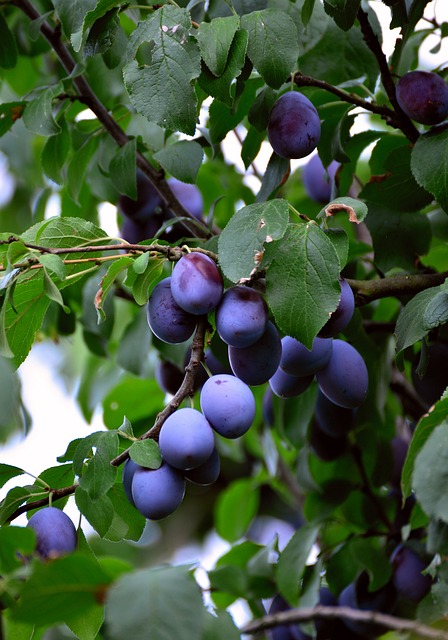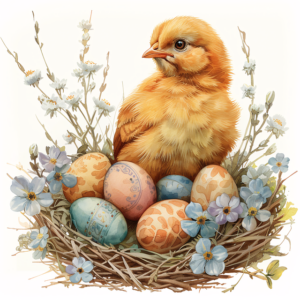Kenmore is a European plum that was created to be like Stanley but with good disease resistance and high productivity. As is the case with most cultivars that are prized, like Stanley, when they have a problem, like susceptibility to diseases, breeders try to find an improvement that has the same attributes of the much-loved variety. Many breeders and programs try, and they produce all sorts of new variations. So, there are lots of new “Stanley’s” out there that have better disease resistance. Some are good, some aren’t so great and disappear soon after. Well, Kenmore is one of those improvements. It was developed by Cornell University in 1971.
Judging by how hard it was to get our hands on the Kenmore, it’s no secret that this particular cultivar is a success. Kenmore is resistant to Black Knot, a major killer of plum trees. It is also tolerant to mites and bacterial spot. It has become known for its high productivity and reliability.
Kenmore fruit is medium to large in size and has a sweet juicy flavor. It is good for fresh eating, canning, and making jams and jellies. It ripens in late August to Mid-September.
Garrett County winters will not be a problem for this tree. Kenmore is considered a plum for the Northeast because it needs some winter chill, and we put it on the most cold-hardy rootstock available. This rootstock also creates a deep rooting system that will provide good anchorage and support.
Kenmore is self-fertile, so you will not have to have another tree to pollinate it, but planting two varieties will give you more selection.

